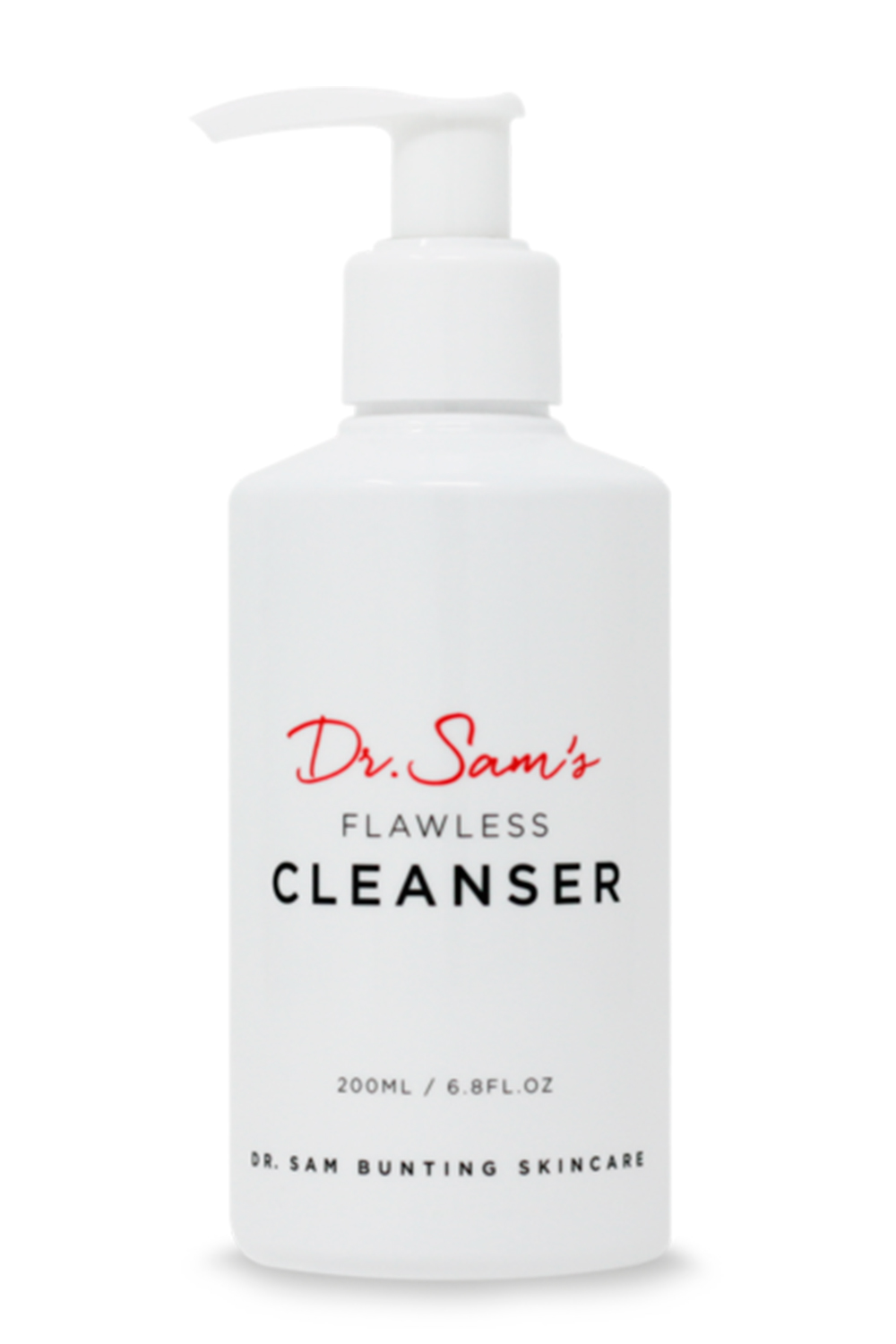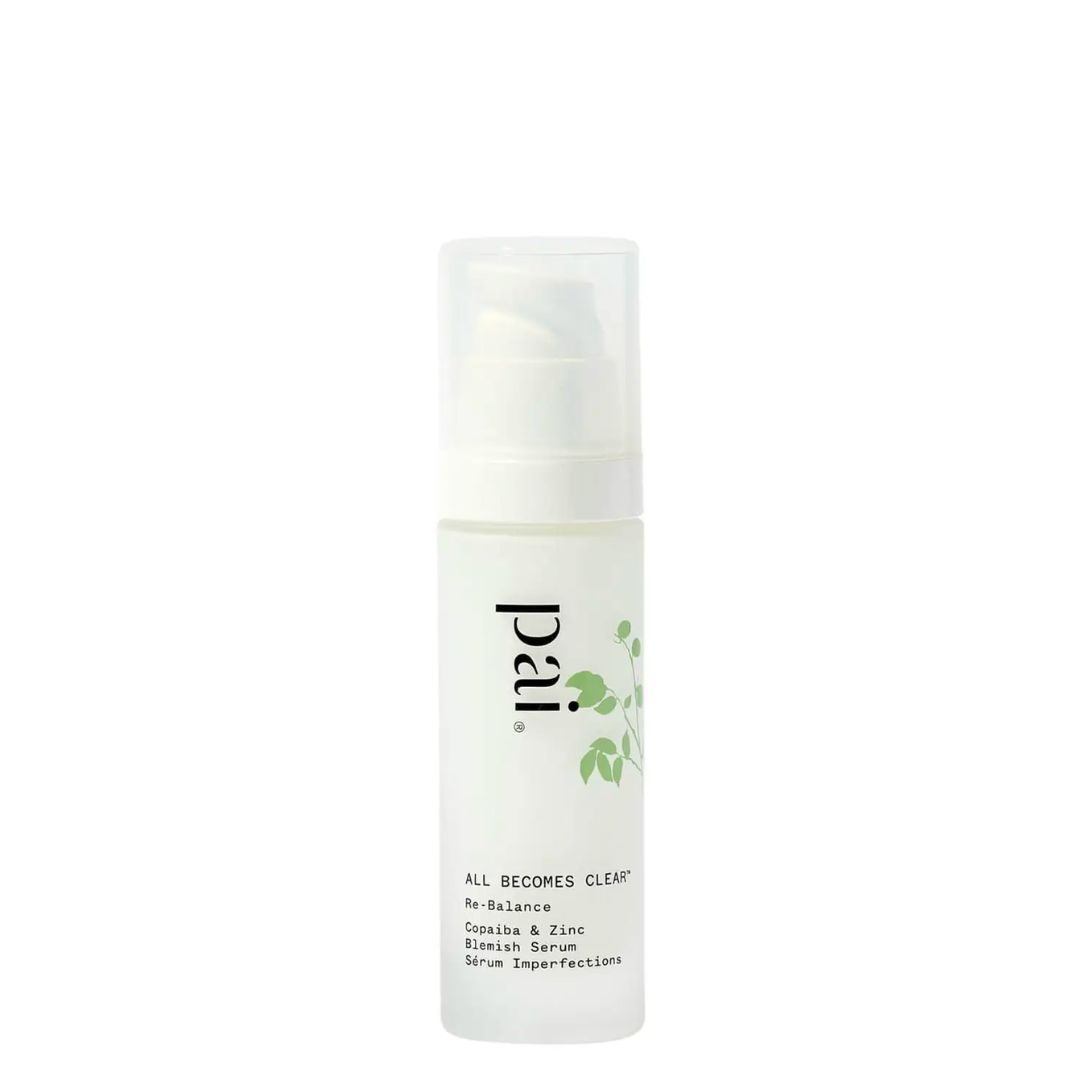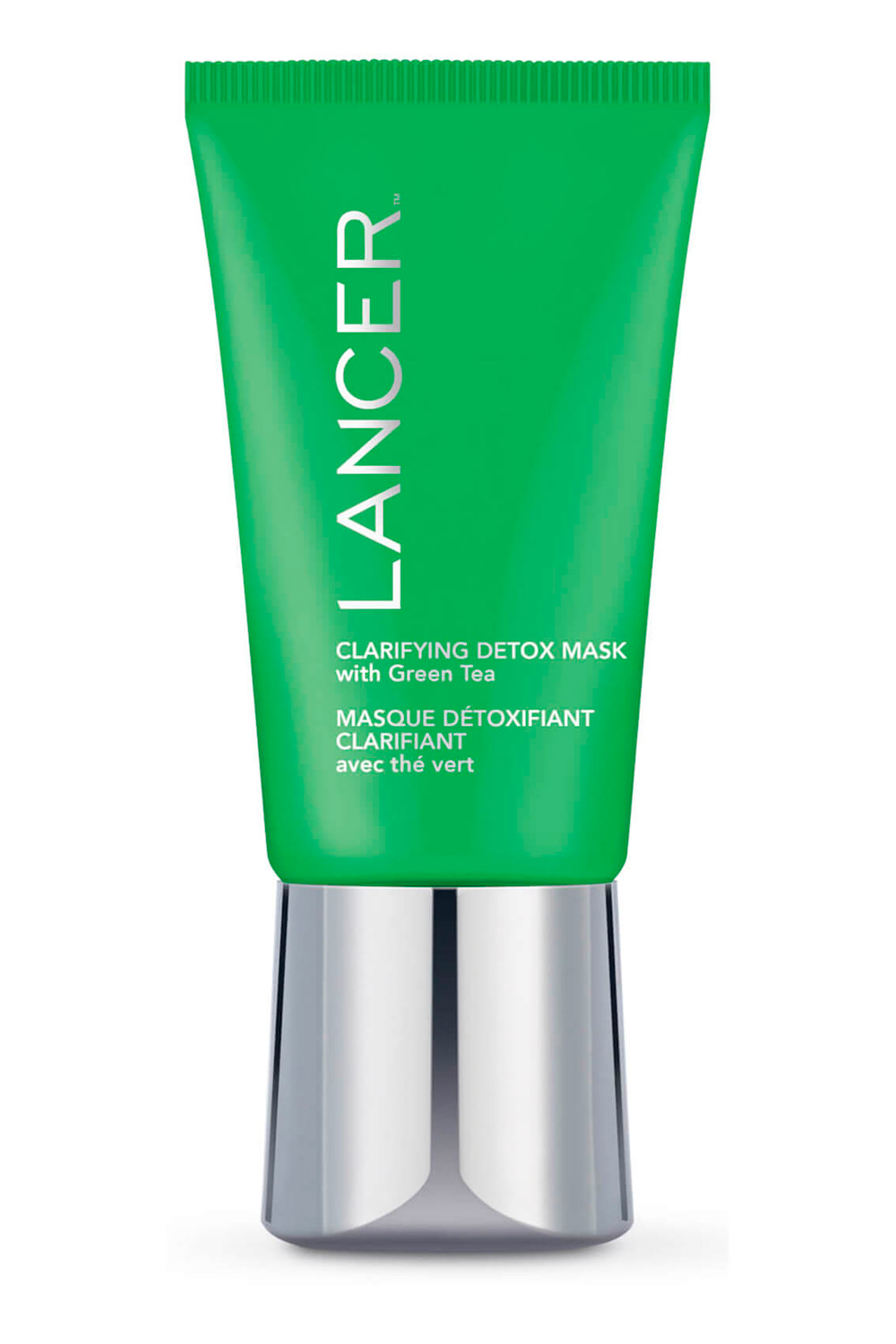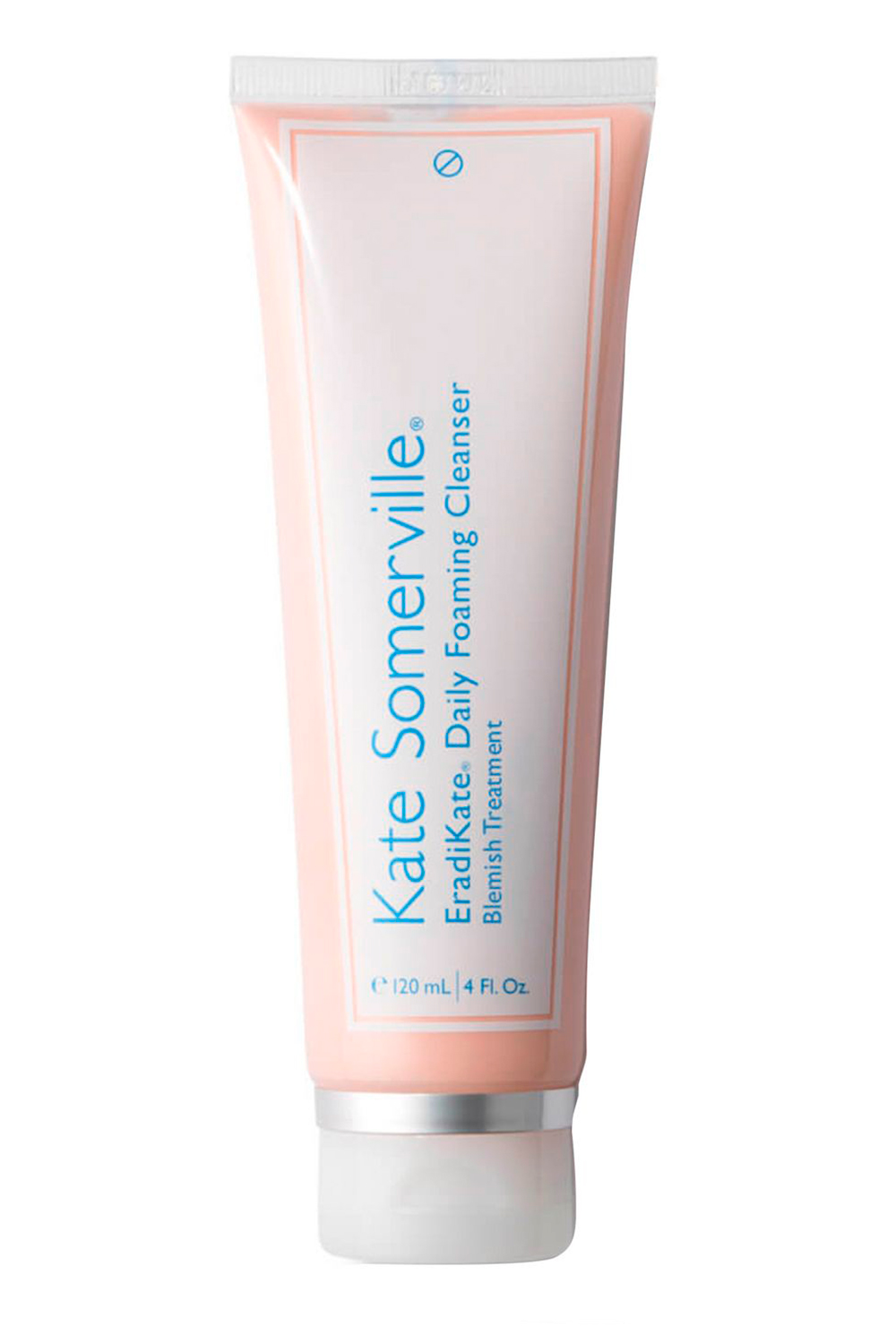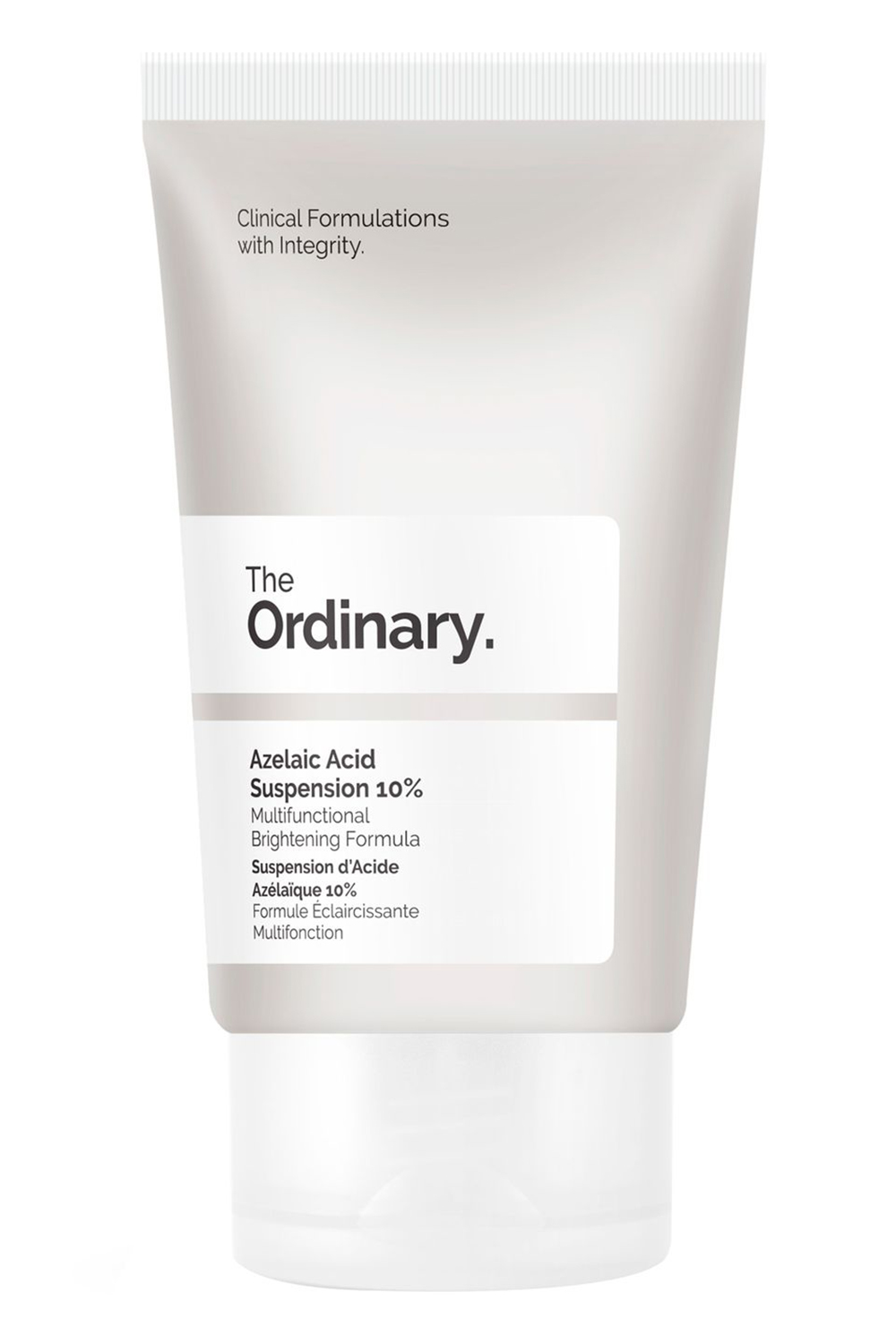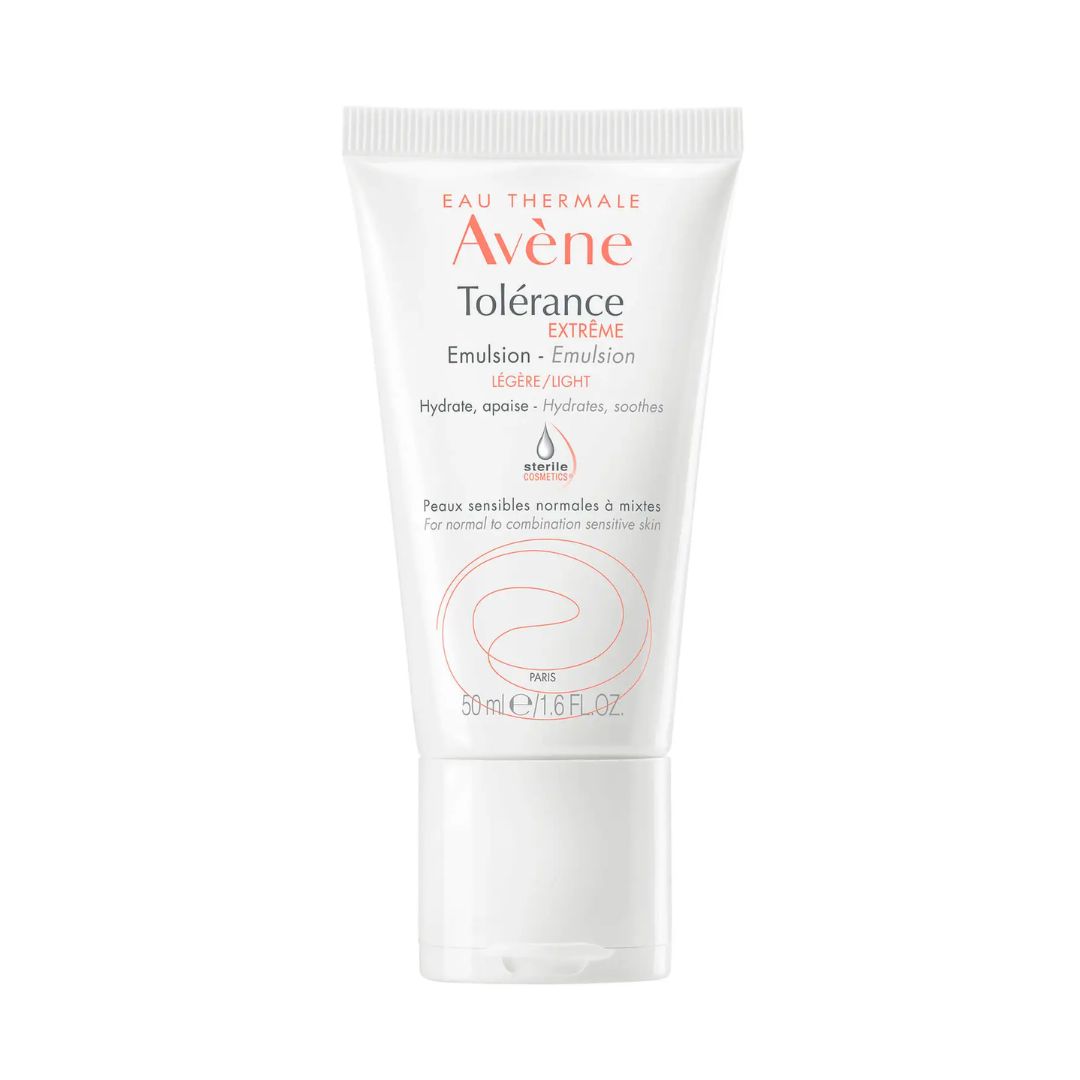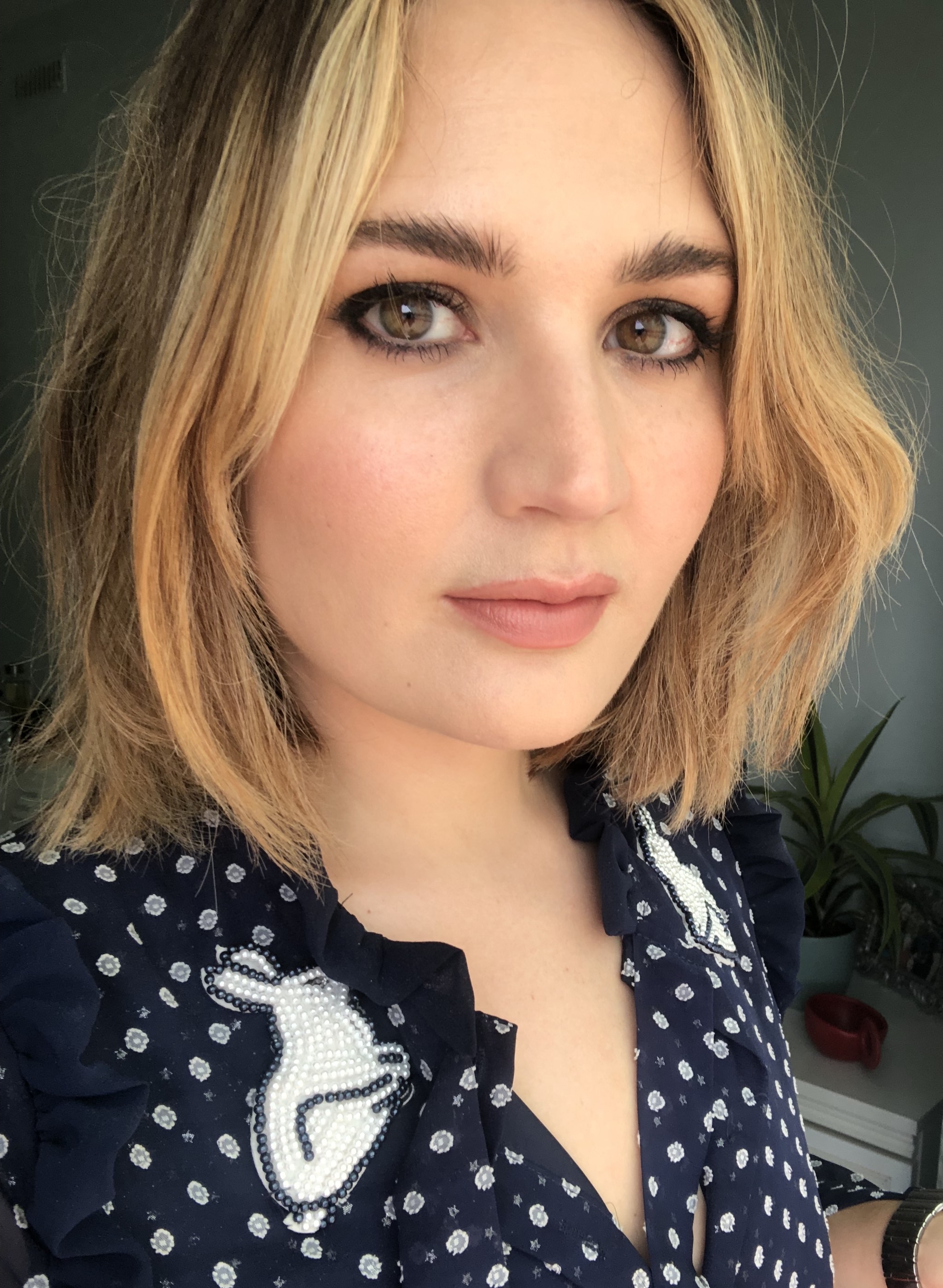Is your face mask giving you fungal acne? Here's everything you should know
Including what to look out for

Fiona Embleton
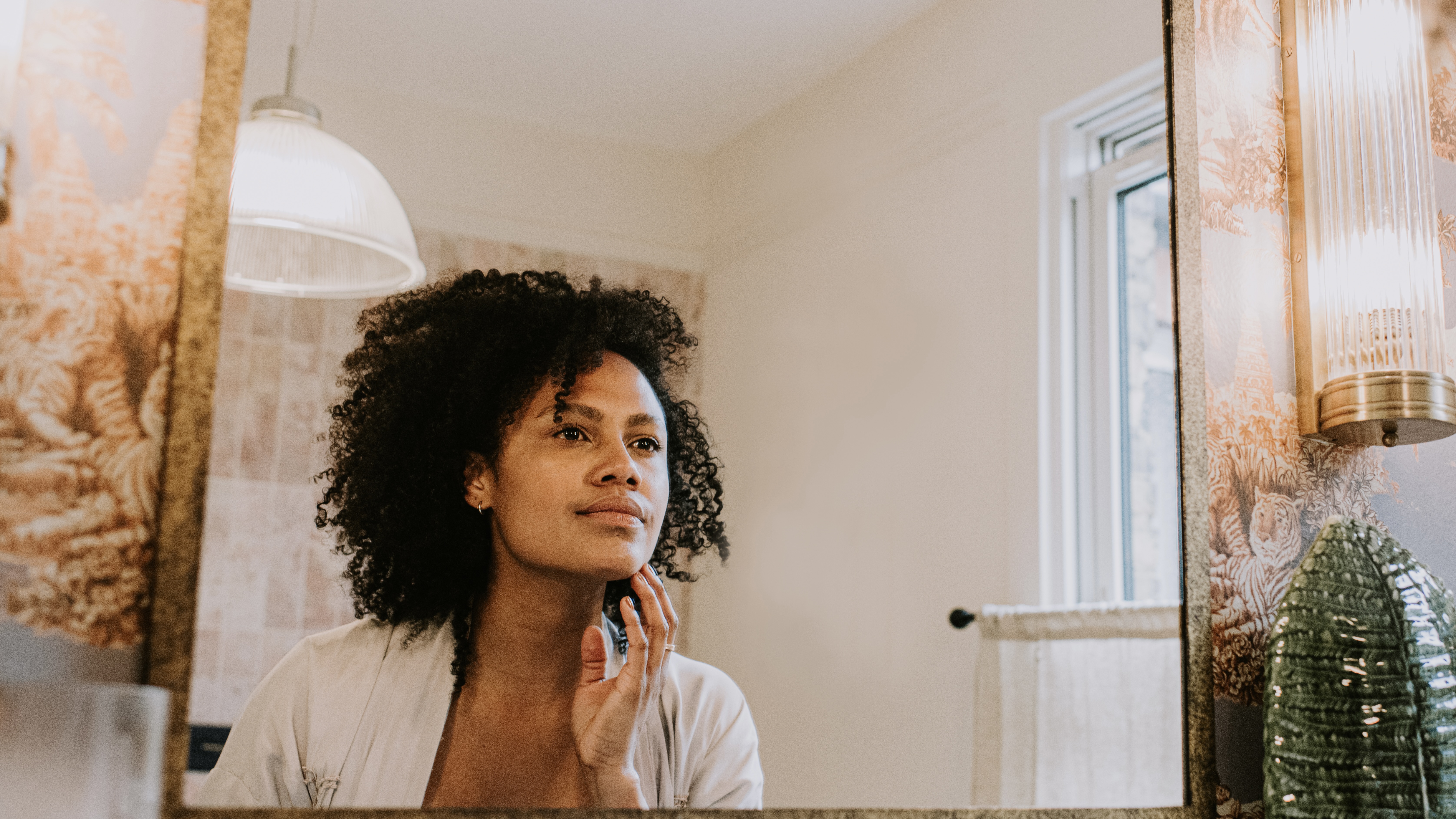
I get it, fungal acne isn't the most glamorous of topics, but I can assure you it's an important one. If the last time you Googled 'best acne treatments' was as a teenager and you've just landed here after some sleuthing on the internet, you're probably a bit annoyed with your skin right now—and fungal acne could be something you're unknowingly dealing with.
Everyone who's ever had even a smattering of spots wants to know the best skincare routine for acne and if you've got a bout, I'll bet that before you made it here, you read up on (and tried) all the best spot treatments.
The problem is, though, is that there are different types of acne. Even if you find products that help, you have to get to the root cause if you want clearer skin in the longterm, and that's why you need to do a bit of detective work before you can solve the problem.
First thing's first: is your acne a new development? And does it show up in one particular area?
If the answer to both is yes, there's every chance you could be suffering from fungal acne.
What is fungal acne?
Fungal acne can look like regular acne, but there are a few key differences to say bacterial or hormonal, post-pill acne.
"Fungal acne is characterised by fine red bumps with little white pustules. There are lots of them - and they all look the same," says skin expert Dr Sam Bunting.
Celebrity news, beauty, fashion advice, and fascinating features, delivered straight to your inbox!
This is quite different to regular bacterial acne, where you see blocked pores, inflamed lesions, small pustules or large cysts.
The distribution is also different. Fungal acne can appear on the chest, upper arms and back. Dr Bunting says when it does appear on the face, "foreheads and temples, especially the hairline, are affected, whereas in adult women, bacterial acne typically strikes the lower face."
Perhaps most noticeably, junior doctor and skin expert, Dr Kemi Fabusiwa adds that fungal acne is often itchy and irritated. "For these reasons, you might notice that your regular acne treatment, which is usually antibacterial, isn't effective in managing breakouts."
What causes fungal acne?
Here are a few of the most common causes:
Mask-wearing: If the collection of spots is under where your mask sits, or gathered around the edges, chances are you're suffering from 'maskne,' which is the result both of the friction of the mask and of the humid conditions created by breathing into an enclosed space.
Sweat: "Fungi grow best in warm, moist environments," says Dr Fabusiwa. Which means, humid conditions caused by exercise and sitting around in sweaty, non-breathable clothes afterwards.
Over-use of antibiotics: After a course of antibiotics, the skin's microbiome has changed. "This is because these medications decrease bacterial growth," says Dr Fabusiwa. "With less bacteria on the skin, the yeast is able to grow better and cause inflammation."
Genetic predisposition: "Those who have oily skin or who are excessively sweaty are at a higher risk of getting fungal acne," adds Dr Fabusiwa, while any condition that affects your immune system, like diabetes, can also predispose you to the condition.
What is the best fungal acne treatment?
Clearing up fungal acne may be as simple as making some tweaks to your lifestyle.
Here are some dos and don'ts:
DO: When exercising, try to do so in well-ventilated areas, and always wash your body and gym clothes straight afterwards.
DON'T: Take antibiotics unnecessarily, as they disturb the skin's microbiome.
DO: Regularly change your face masks so they're clean.
DON'T: Put oils on your skin; fatty acids - including linoleum, palmitic and oleic acids - which are found in coconut oil, only feed the fungus.
DO: Include a salicylic acid body wash to purge clogged pores on your body.
DON'T: Squeeze and pick! Alright we know it's tempting - but really try not to. And if you absolutely have to, make sure you know how to pop a pimple. To stop yourself from picking, you could always try using acne patches.
The best products for at-home fungal acne treatment
The good news is, there are a bunch of skincare products that can help lend a helping hand to clearing up fungal acne, from the best acne face washes and the best acne body washes to the best moisturiser for acne and the best sunscreen for acne. Here are the best products for the job, according to our team of expert Marie Claire beauty editors.
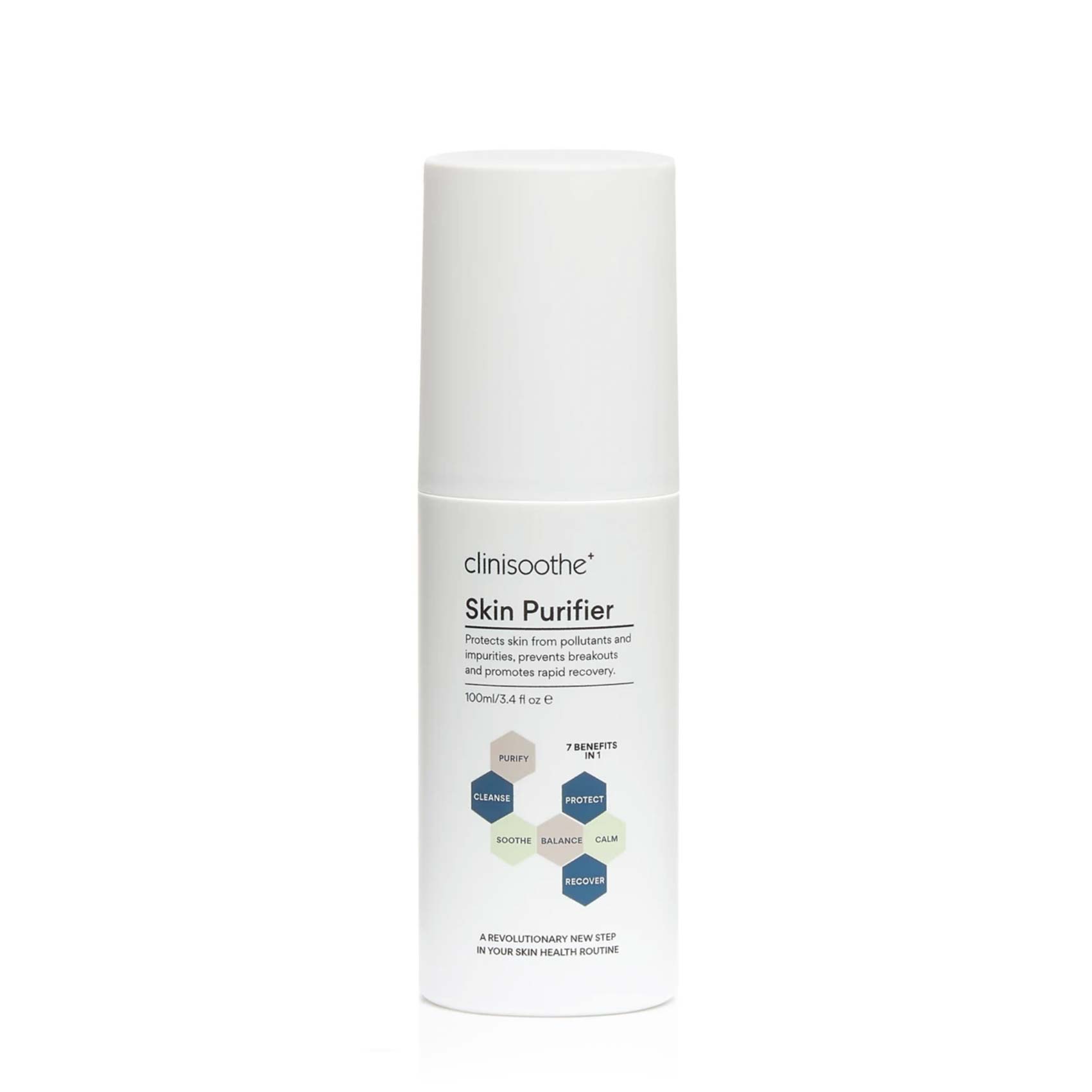
An antimicrobial and anti-fungal fluid that is mild enough to be used on stressed skin as often as needed. Start by wiping over skin after cleansing morning and evening and spritzing the inside of your mask with it after wearing, then press a cotton round soaked in it to any areas where fungal acne has cropped up.
Madeleine Spencer is a journalist and broadcaster who has contributed to titles including Grazia, Glamour, InStyle, The Independent, The Evening Standard, and Stylist, as well as offering commentary for the BBC, Sky News, and ITV.
She is keen on exploring the significance beauty rituals, products, and memories have on people from different walks of life, and enters into conversation on the topic with guests on her podcast, Beauty Full Lives.
- Fiona EmbletonBeauty Editor
